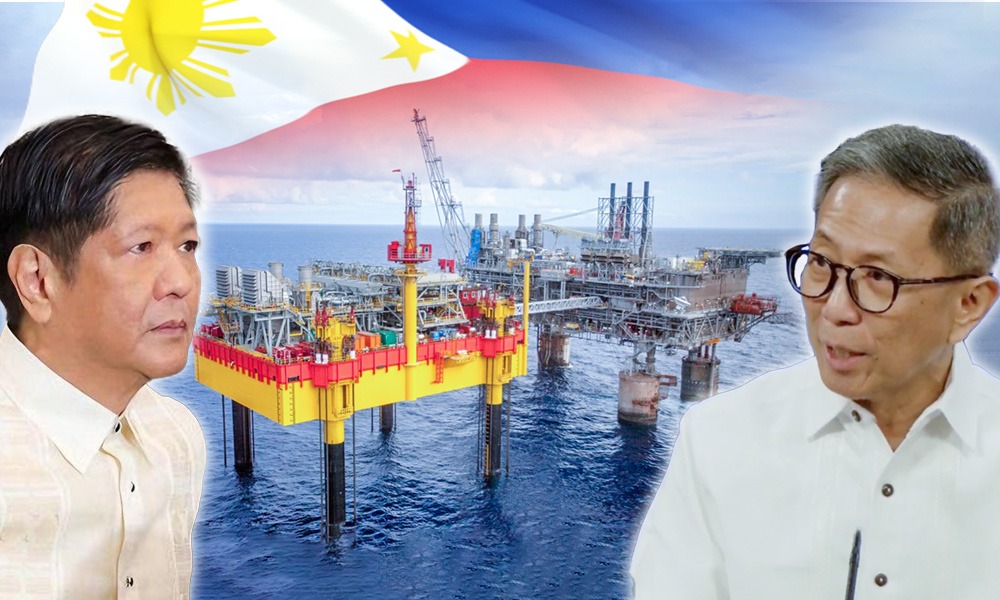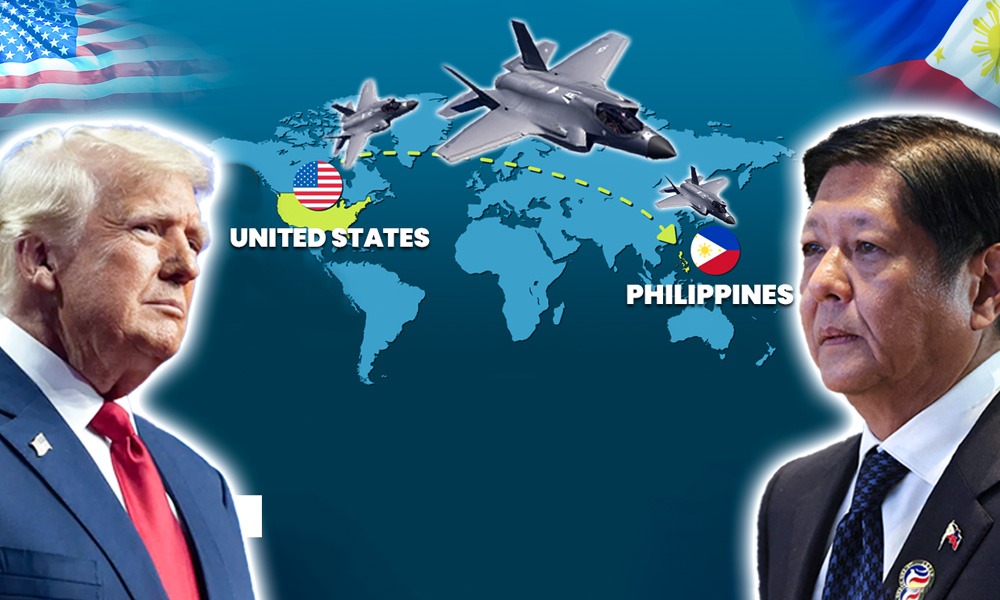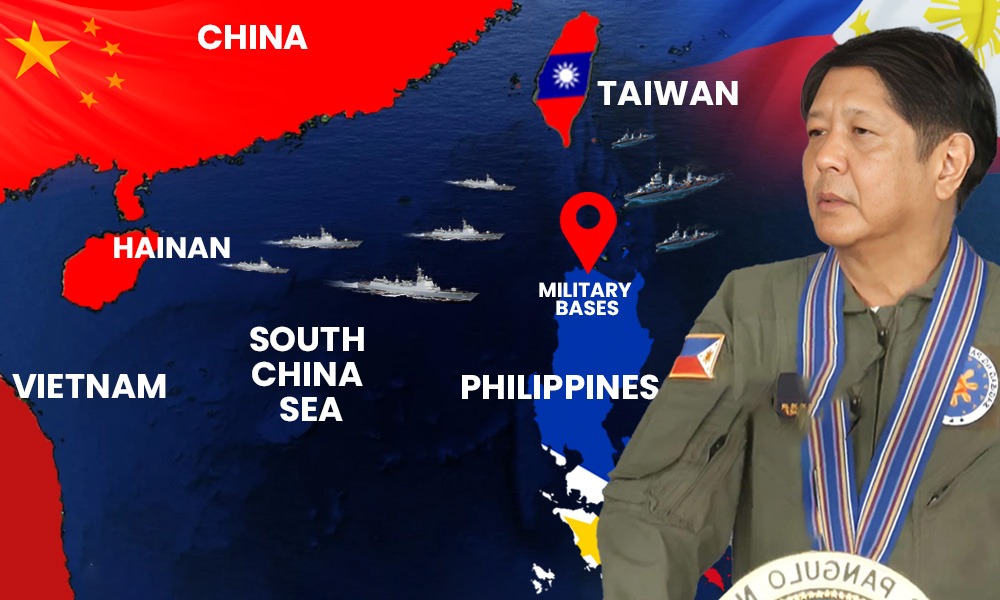Malampaya is dying, and with it, a key pillar of our energy security. For over two decades, this offshore gas field has powered nearly 20% of Luzon’s electricity, providing vital fuel for gas plants that help keep the lights on in Metro Manila. But the Department of Energy (DOE), as cited by Senator Sherwin Gatchalian in 2021, warned us: “Malampaya will be completely exhausted by the first quarter of 2027.” As of December 2024, we’re still extracting around 429 million cubic feet per day, but the writing is on the wall, supply is declining fast, and there’s no full-scale replacement in sight.
Now, there’s talk of Malampaya Phase 4 (MP4), a short-term expansion aiming to tap residual reserves, with first gas expected in late 2026. But experts are split. Is this a meaningful solution or just a temporary patch job? Many argue MP4 is delaying the inevitable while prolonging our addiction to fossil fuels. It gives the illusion of security while deeper energy transition decisions are pushed aside. This is especially concerning given that the Philippines still relies heavily on imported fuels, in 2024, coal made up a staggering 60-66% of our total electricity generation, with much of it coming from Indonesia. This dependence makes us vulnerable to international price spikes and supply disruptions, like the 2022 energy crisis when coal prices soared by over 400%, leading to skyrocketing electric bills.
So here’s the hard truth: as Malampaya fades, we risk falling deeper into fossil fuel dependence unless we pivot now. The future doesn’t lie in patching old gas fields. It lies in building a resilient, cleaner, and homegrown energy mix. The good news? The Philippines is rich in renewable energy potential, but we need to act on it. Let’s start with offshore wind. According to a 2023 World Bank report, the country has up to 178 GW of offshore wind potential, that’s more than ten times our total current power capacity. In April 2025, the DOE greenlit over 80 offshore wind service contracts, with major players like ACEN, Shell, and Copenhagen Infrastructure Partners lining up to invest. Regions like Ilocos, Mindoro, and Guimaras could soon be home to floating wind farms that generate power, without emitting a single gram of carbon.
But wind isn’t the only frontier. Enter green hydrogen, the so-called “fuel of the future.” It’s produced using renewable electricity and water, and emits zero carbon. Japan, Australia, and the EU are pouring billions into hydrogen infrastructure, and the Philippines is starting to follow suit. Just this year, First Gen signed a memorandum with a Japanese consortium to pilot hydrogen blending at its Batangas LNG terminal, marking our first serious step into the hydrogen economy. If scaled, green hydrogen could power industries, supply backup for renewables, and even replace natural gas entirely.
Let’s not forget battery storage. Solar and wind are intermittent, yes but storage can solve that. Technologies like grid-scale lithium-ion batteries, vanadium flow batteries, and even pumped hydro can store renewable energy during peak generation hours and release it when demand surges. Companies like SN Aboitiz Power are already exploring hydro-based storage solutions in Benguet and Nueva Ecija. With proper investment and regulation, battery storage could become the backbone of our renewable grid, enabling 24/7 clean power.
The Malampaya chapter is closing. But it doesn’t have to end in a crisis. It could mark the beginning of a smarter, cleaner energy era for the Philippines, if we make the right choices now. Offshore wind, green hydrogen, battery storage, these aren’t just buzzwords. They’re viable, scalable solutions that could liberate us from fossil fuel dependence and protect us from global market shocks. The time to invest in them isn’t five years from now. It’s today.
Navigating the Energy Transition: A Slow Burn or a Smouldering Crisis?
The Philippines says it’s on the road to clean energy. But at the current pace, we’re crawling, not racing. The government’s targets are bold: 35% renewable energy by 2030, and 50% by 2040. Sounds impressive, right? But here’s the reality check: as of 2024, only 22% of our electricity comes from low-carbon sources. And most of that is old-school renewables, hydropower and geothermal. Solar? Just 3%. Wind? Barely 1%. This isn’t a transition, it’s stagnation with a green coat of paint.
So what’s holding us back? One word: gas. In early 2025, the Philippine Congress passed the Natural Gas Industry Development Act, promoting gas as the country’s so-called “transition fuel.” On paper, it makes sense. Gas is cleaner than coal and more reliable than solar. But critics aren’t convinced. Environmental groups are raising red flags. According to Krishna Ariola of CEED, “This just looks like a bridge to nowhere.”
That quote hits hard, and it’s not just rhetoric. Investing in gas now means locking ourselves into fossil fuel infrastructure for the next 30–50 years. LNG terminals, pipelines, gas-fired plants, these don’t disappear when solar becomes cheaper. They stay, and they suck up billions in public and private capital. Every peso spent on gas today is a peso not spent on solar rooftops, wind farms, green hydrogen pilots, or smart grids.
What’s more, gas isn’t as “clean” as it’s marketed. Methane leaks during extraction and transport are up to 84 times more potent than CO₂ over 20 years. So while gas may cut carbon emissions short-term, it could actually worsen the climate crisis long-term, unless carefully regulated (which historically, we haven’t been great at).
Meanwhile, neighboring countries are pulling ahead. Vietnam added over 11 GW of solar in just two years, thanks to bold incentives and feed-in tariffs. Indonesia recently announced a solar rooftop mandate for all new government buildings. In contrast, the Philippines is still debating whether to count gas as “clean.”
So we’re at a fork in the road. One path leads to true energy transformation, scaling up renewables, investing in storage, electrifying transport, and building a smarter grid. The other? A gas-heavy detour that might delay blackouts today, but guarantees deeper fossil lock-in tomorrow. The key question isn’t “Can gas help us transition?”
It’s: “Will we still have time, or money, to build a real clean future after we’re done with gas?”
This isn’t just a policy debate. It’s a high-stakes decision about where our children’s electricity will come from, how much we’ll pay for it, and whether we’ll be part of the global clean energy race, or left behind, again, clinging to old infrastructure and old excuses.
Is Renewable Energy Still Out of Reach for Most Filipinos?
We hear it all the time: “Go solar. Clean your conscience, and your electricity bill.” But for most Filipinos, that’s still a dream too expensive to chase. As of mid-2025, the average cost of a basic solar setup for a home sits at around ₱100,000 (about US$1,700). That’s a huge upfront cost for the average household, especially in a country where millions of families live on less than ₱20,000 per month.
So why is solar still so pricey here compared to our neighbors? In Vietnam, solar exploded because of aggressive government incentives, zero import duties, and fast-tracked grid integration. In Malaysia, solar is subsidized and encouraged through low-interest green loans. In contrast, the Philippines has been slower. Import duties, red tape, and high logistics costs all drive prices up. Solar panels, inverters, even mounting systems, most of these are imported, and that adds to the burden.
The bigger question is: Is the government doing enough to break down these barriers? Right now, there’s no nationwide subsidy for home solar. There’s no zero-interest financing program for low-income households. And while Net-Metering exists, many homeowners find the application process confusing and inconsistent. It begs the question: Are we serious about democratizing renewable energy, or is this transformation just for the wealthy and corporations?
Let’s talk about those corporations for a moment, particularly foreign investors. In 2024, headlines splashed across the news: the Philippines had signed a US$15 billion deal with Masdar, a UAE-based renewable energy giant, to build massive solar and wind farms across Luzon and Visayas. On paper, it looked like a game-changer. But fast forward to 2025, where’s the build-out? Where are the jobs? Where’s the energy?
The truth is, announcing investment is easy. Delivering it is hard. Many of these big-ticket projects are delayed by permits, grid access problems, and lack of coordination between national and local governments. Investors want certainty. What they’re getting is red tape. According to insiders, some wind projects in Northern Luzon have been waiting more than 18 months for environmental approvals, even after signing contracts.
$5.6 Billion F-16 Deal: Why the Philippines’ Air Force Is Now Really a Regional Game-Changer?
This disconnect between hype and reality is dangerous. It creates the illusion of progress while on-the-ground deployment remains sluggish. And time is not on our side. Every year of delay means more coal, more imported gas, and more emissions, all while climate change is knocking louder at our doorstep. “We don’t just need big announcements. We need real build-outs, faster permitting, and policies that make clean energy affordable for all, not just billion-peso investors.”
If we want to hit 35% renewable energy by 2030, the pace has to pick up. That means cutting taxes on clean tech, supporting rooftop solar for the middle class, and clearing the runway for investors, local and foreign, who are ready to build. Right now, the momentum is there. But unless policy catches up with ambition, we risk losing the race before it truly begins.
Challenges and Opportunities: A Regulatory Maze and a Crippled Grid?
Here’s a reality we don’t talk about enough: It’s not just about having solar panels or wind turbines. It’s about having the systems and the policies to actually connect them to the grid and make them work. And right now? The Philippines is tangled in a regulatory maze, while the grid, the literal backbone of our energy system, is struggling to stand upright.
Let’s start with permits. According to the 2023 WWF-Philippines report, the process to develop a renewable energy project remains “long and complicated.” Yes, the government introduced the Energy Virtual One Stop Shop (EVOSS) to streamline applications. But insiders are saying it’s not living up to its promise. Multiple agencies, overlapping requirements, inconsistent timelines, the red tape still strangles even well-funded RE developers.
The issue goes deeper. The same WWF report points out a glaring problem: “There’s a lack of incentives to entice investors.”
While other ASEAN countries roll out tax holidays, guaranteed feed-in tariffs, or zero-VAT incentives, the Philippines expects investors to leap through hoops and still fight for margins. Add to that the 40% foreign ownership cap for renewable projects using natural resources, like wind and hydropower, and it’s no surprise many developers are turning away.
That raises a tough debate: Are our regulatory frameworks enabling clean energy, or actively stifling it? On the surface, we talk about a good game. But on the ground, developers still face years of bureaucracy, uncertain rules, and infrastructure that simply can’t keep up.
Speaking of infrastructure, let’s talk about the grid. Even if you build a solar farm or wind plant, can you actually connect it to the national grid? Often, the answer is no. The National Grid Corporation of the Philippines (NGCP), 40% owned by State Grid Corporation of China, has warned of a “low realization rate” of committed and indicative power plants, meaning dozens of clean energy projects are sitting idle or delayed because the transmission lines just aren’t ready.
The consequences are felt by everyday Filipinos. In 2024, households experienced an average of 28 power interruptions per year. That’s more than two blackouts per month, in a supposedly middle-income economy. Even if we ramp up renewables, the grid can’t absorb intermittent power without massive upgrades in flexible infrastructure, battery storage, and smart grid tech.
Here’s where the controversy heats up: Some energy advocates believe “grid limitations” are being used as an excuse to keep the country dependent on coal and gas. Instead of investing aggressively in grid modernization, the system favors centralized, fossil-based plants that require less adaptation, but carry higher climate and health costs. “We’re not just facing a technical challenge, we’re facing a political and institutional one.”
Fixing this isn’t rocket science. It just needs political will and clear prioritization: Upgrade transmission lines. Fast-track interconnection approvals. Invest in energy storage. Loosen outdated foreign ownership caps. Cut red tape with real accountability, not just new websites.
The potential is enormous, but so is the frustration. The clean energy future is possible, but if our systems stay broken and our grid stays weak, we’ll be stuck burning fossil fuels, not for lack of technology, but for lack of vision.
A Sustainable Energy Future: A Shared Burden of Inaction?
The numbers don’t lie: in 2024, Filipinos paid an average of US$0.22 per kilowatt-hour, one of the highest electricity rates in Southeast Asia, nearly double what people pay in Vietnam or Indonesia. That’s not just a statistic, that’s a strain on households, businesses, and industries already grappling with inflation, fuel volatility, and economic uncertainty. And yet, despite this pain, the country’s shift to cheaper, cleaner renewable energy remains sluggish at best.
Here’s the paradox: we know Malampaya is running dry. We know fossil fuel imports are unstable and expensive. And we know renewables are now the cheapest form of new electricity worldwide, according to the International Renewable Energy Agency. So why aren’t we moving faster?
That’s the heart of the debate, and it’s not just about technology. It’s about commitment versus implementation. Yes, we have ambitious targets: 35% renewables by 2030, 50% by 2040. But targets mean little when policy delays, bureaucratic red tape, and fossil fuel lobbying continue to dominate behind the scenes. There’s a quiet contradiction in our energy strategy, a promise of transition, but a practice of delay.
And here’s where it gets personal: this isn’t just the government’s burden, it’s ours too. Public pressure matters. Public understanding matters. But energy remains a “background issue” for many, unless the lights go out or the bills skyrocket. Until we connect the dots, from high bills to fossil dependence, from frequent blackouts to an aging grid, we can’t expect change to be a political priority.
We need more than clean energy policies. We need a national mindset shift, one that views renewables not just as a climate solution, but as an economic strategy, a sovereignty issue, and a moral imperative. We need leaders willing to challenge vested interests, citizens willing to demand better, and the media willing to cover more than fuel price hikes. “The cost of inaction isn’t just environmental, it’s economic. It’s political. It’s personal.”
So let’s ask the big question: Is the Philippines truly committed to a green transition, or are we just choosing the easy, short-term path, powered by imported coal, propped up by LNG, and paved with empty promises? Because the future is coming, whether we build for it or not. And if we wait too long, it won’t be a transition. It’ll be a crisis.



